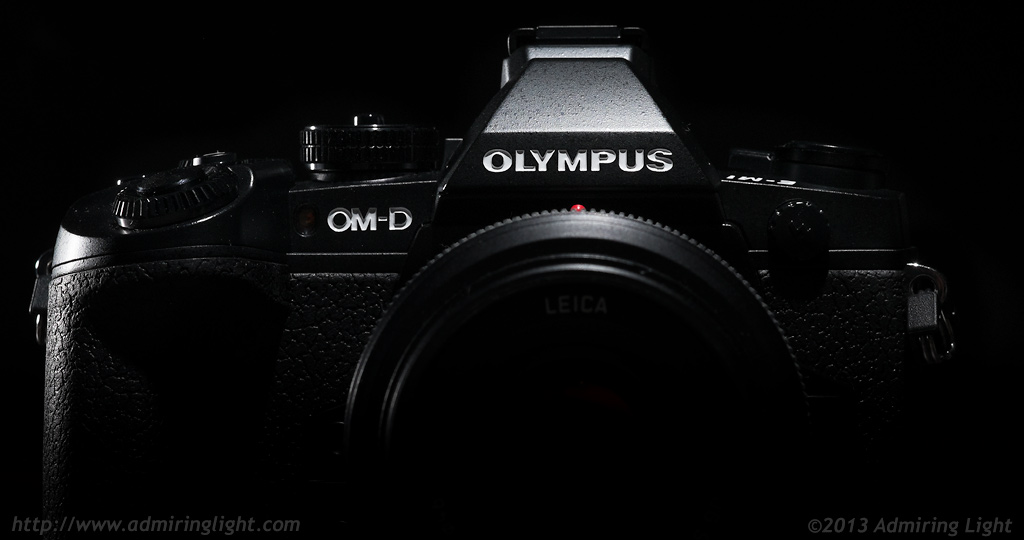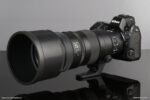Image Quality: Dynamic Range and Color

The 16 Megapixel sensor found in the E-M1 is largely similar to the E-M5, save for the phase detection pixels. Like its predecessor, the E-M1 has surprisingly wide dynamic range, with a solid two stops of highlight headroom in the RAW files and impressive shadow detail as well. The E-M1 has an accurate color response. Contrast is good for a Micro 4/3 camera, though the tonal rolloff is a litle harsher than the APS-C competition. Overall, an excellent sensor that is still right up there with the best cameras for the Micro 4/3 system.
Image Quality: Noise
The Olympus E-M1 starts with a native ISO of 200, which results in images with the widest dynamic range and good noise control, though there is stil a fine-grained noise visible when viewing the images full size on screen, though it won’t impact prints or the images when reduced for screen display. The E-M1 does have the capability to shoot at ISO 100, and at this ISO, noise is extremely low, though you do take a significant hit in dynamic range, so you have to watch out for clipped highlights.
At higher ISOs, the E-M1 performs identically to the E-M5, though it controls color shift slightly better at the very highest ISOs. Overall, this is still a good performance. Images show low noise to ISO 800 and acceptable noise to ISO 3200, though even ISO 6400 shots are quite decent for smaller prints and web size use. ISO 12,800 and 25,600 are quite noisy, but even these can be useful in certain situations and the right output considerations.
JPEG Quality
Olympus has always had excellent JPEG quality, and the E-M1 is no different. E-M1 JPEGs are low noise up to ISO 1600 and even 3200 (though with a fair loss in detail). JPEGs have minimal compression artifacts, outstanding detail and excellent color. You can tweak the JPEG curves to maximize dynamic range or customize it to your liking. If you are a JPEG shooter, or even a RAW shooter who is taking advantage of the in-camera RAW converter, the JPEGs on the E-M1 won’t disappoint.
Video
As I mentioned at the beginning of the review, I am not a videographer. I did take some videos and quality was excellent, with very low noise at higher ISO and smooth detailed output. The E-M1’s in-body IS works brilliantly in video mode, which makes taking steady video easy. There is external mic input and full manual control. Most casual videographers will be very pleased with the E-M1.
One more thing:
The E-M1 doesn’t have an anti-aliasing filter, which in theory should allow for sharper shots. While there might be a slight advantage in sharpness with the E-M1, I found in practice that it ultimately did not have a major impact on the final image.






Leave a Reply